Rhinoplasty, pronounced as RIE-no-plas-tee, is a special kind of plastic surgery that makes the nose look different. People might choose to have rhinoplasty to change how their nose looks or to make it easier to breathe, or sometimes both.
Our nose has two parts: the upper part is made of bone, and the lower part is made of cartilage. When you have rhinoplasty, the surgeon can change the bone, cartilage, skin, or all three to achieve the desired result. It’s like giving your nose a makeover!
Before deciding on rhinoplasty, it’s important to have a talk with your surgeon. They will help you understand if rhinoplasty is right for you and what changes it can make. Your surgeon will also consider your other facial features, the skin on your nose, and what you want to change when planning the surgery.
If you are a good fit for rhinoplasty, your surgeon will create a special plan just for you. This plan will outline the steps of the surgery based on your unique needs and desires. It’s like creating a personalized roadmap for your nose transformation!
Rhinoplasty is about making you feel comfortable and happy with how your nose looks and works. So, if you’re thinking about rhinoplasty, read this article and make a plan that’s just right for you.
What is Rhinoplasty? What is Nose Job Surgery?
Rhinoplasty surgery, often called a “nose job,” is a common choice for people who aren’t happy with how their nose looks. Besides making the nose look better, this surgery can help fix problems caused by accidents or sickness, like trouble breathing.
The main aim of nose surgery is to change the nose so it looks and works the way the person wants. It’s not just about making it look good; it’s also about making sure it works well with the rest of the face. Sometimes, people need this surgery because of an injury, illness, or issues with breathing during sleep or exercise.
Nose surgery has become a versatile option with many benefits. It’s not only about making the nose pretty but also about improving its function. Skilled plastic surgeons use both science and art to perform nose surgery, ensuring that the results are not only effective but long-lasting.
So, whether someone wants to change how their nose looks or needs help with breathing problems, Rhinoplasty surgery is a procedure that combines science and art to give people the nose they desire while making sure it works well with the rest of their face.
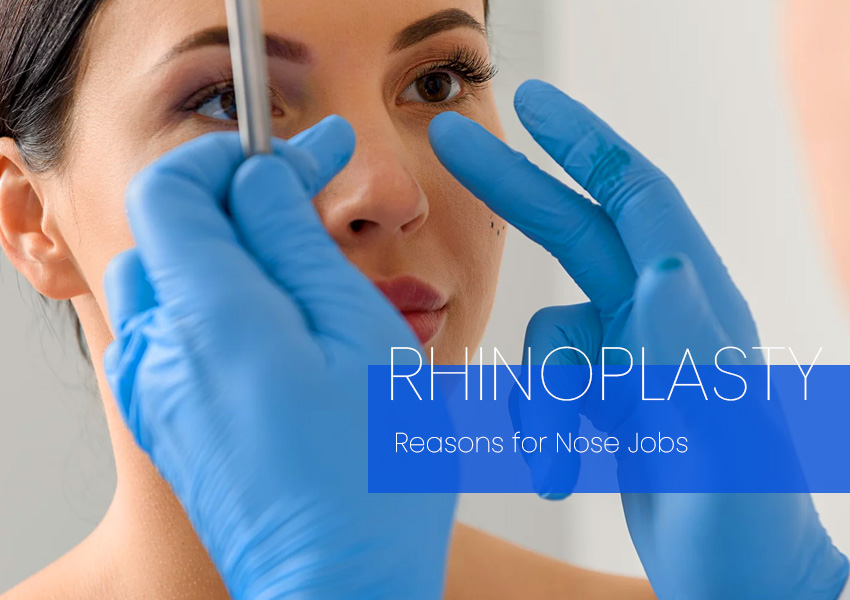
Why Nose Job and Rhinoplasty is done?
People choose to have nose jobs, also known as rhinoplasty, for various reasons. Rhinoplasty is a type of surgery that helps improve the appearance and function of the nose. Let’s explore why someone might consider this procedure and what it can address.
Reasons for Nose Jobs:
People opt for nose jobs to enhance the way their nose looks and, in some cases, to improve breathing. Here are common reasons:
Nose Size and Facial Balance: Sometimes, a person might feel that their nose is too big or small in relation to the rest of their face. Rhinoplasty can help create better facial harmony.
Nose Width and Nostril Size: Rhinoplasty can address concerns about the width of the nose at the bridge or the size and position of the nostrils. This helps achieve a balanced and proportionate appearance.
Nose Profile: Visible humps or depressions on the bridge of the nose can be corrected through rhinoplasty. The goal is to create a smoother and more aesthetically pleasing profile.
Nasal Tip Concerns: Issues with the nasal tip, such as it being too large, bulbous, drooping, upturned, or hooked, can be improved with rhinoplasty.
Nostril Appearance: Rhinoplasty can also address concerns about large, wide, or upturned nostrils, creating a more refined look.
Nasal Asymmetry: While perfect symmetry might be challenging, rhinoplasty aims to enhance facial balance and correct proportion, even if complete symmetry is not always achievable.
Improving Breathing with Rhinoplasty:
In some cases, people undergo rhinoplasty to correct a deviated septum, which can cause breathing difficulties. This type of nose surgery involves adjusting the nasal structure to improve airflow and breathing.
Rhinoplasty is a versatile procedure that not only enhances the appearance of the nose but also addresses functional concerns, such as breathing difficulties caused by a deviated septum.
Who should get Nose surgery (rhinoplasty)?
Nose surgery, also known as rhinoplasty, is a good idea for certain people. Generally, it’s best for those who have finished growing. When you’re a teen or young adult, your face is still growing, and that can affect how your nose looks and works. But, if you’re a kid with a facial birth problem like a cleft palate, you might need nose surgery earlier.
Being healthy is super important if you’re thinking about nose surgery. If you smoke, it’s a problem because smoking can harm your blood flow and make your tissues not work well. So, it’s better if you don’t smoke.
For teens who want nose surgery, it’s okay if they really understand what’s going to happen, and their parents agree. Usually, girls should wait until they’re around 15 or 16, and boys should wait until they’re around 17 or 18. If the doctor needs to fix the inside of the nose too (it’s called septoplasty), it can help not only with how you look but also with how you breathe.
So, if you’re thinking about nose surgery, you might be a good fit if:
- Your face has stopped growing
- You’re healthy
- You don’t smoke
- You have a positive attitude and real goals for looking better
Consulting a Plastic Surgeon for Rhinoplasty (Nose Job)
A nose job, or rhinoplasty, is something some people think about to change their nose. People decide to do this for different reasons. Some people have trouble breathing through their nose. Others had an injury that made their face uneven, and they want to fix it. Many just want to look different by making their nose match their face better.
If you’re thinking about this, it’s important to talk to a plastic surgeon who knows a lot about plastic surgery. During the consulting session, the surgeon will take pictures and ask about things like:
- Your skin type
- Where your family is from
- Your age (usually 15 or older, unless there are big breathing problems)
- If you had surgery or injuries before
- If you ever had problems breathing through your nose
The surgeon will also explain things like:
- Look at and measure your face
- How they can change the shape of your nose by working on the bones and cartilage
- What will happen during the surgery
- Where the surgery will take place
- Check your overall health and any other health problems you have
- Talk about different ways to change your nose
- Take pictures
- Talk about the choices you have for your nose surgery
- Suggest what might work best for you
- Possible complications
- Discuss what might happen during the surgery and if anything could go wrong
- Options for being asleep during the surgery
- Other things you could do, like getting a chin implant to make your face look more balanced
When you talk about your nose job, you should be ready to talk about:
- What you want to change about your nose, both how it looks and how you breathe
- Your health, allergies, and any medicine you take
- What medicine, vitamins, or other things you use
- Surgeries you had before
This Rhinoplasty consultation is also the time for you to ask questions. It’s really important to understand everything about your nose job. It’s normal to feel a bit nervous, whether you’re excited about how you’ll look after or a bit stressed before the surgery. Don’t be afraid to talk about these feelings with your plastic surgeon. They’re there to help you through the whole process.
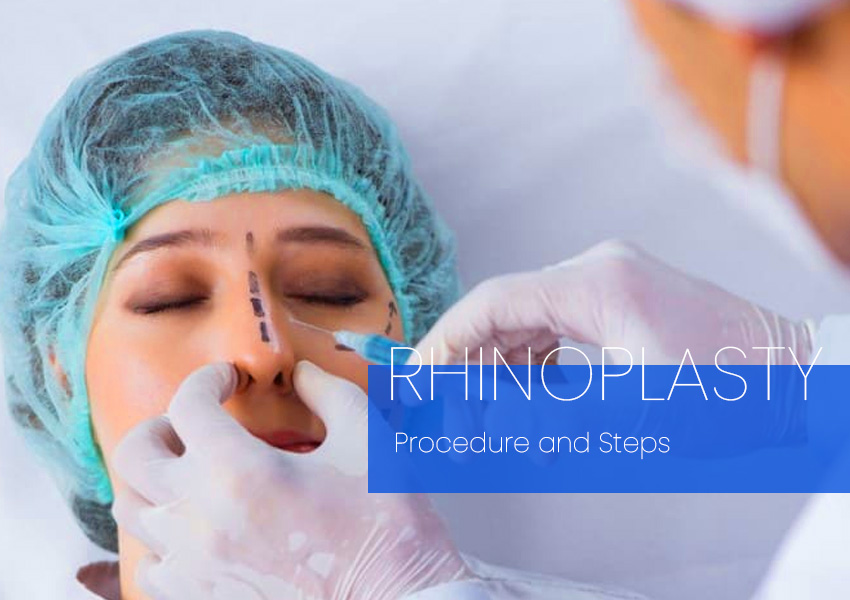
Rhinoplasty Procedure and Nose Job Surgery Steps
Rhinoplasty surgery, commonly known as nose job surgery, is a surgical procedure that can happen in different places like a surgeon’s office, an outpatient center, or a hospital. Before the surgery, the doctor checks the person’s history, examines them, and decides if they need to use the person’s own tissue, like skin or cartilage, to fix the nose.
To make sure the person doesn’t feel any pain, the surgeon uses anesthesia. There are two types: one makes you sleep deeply during the surgery, and the other lets you stay awake but relaxed and pain-free.
Once under anesthesia, the surgeon may cut under the nose, move the skin, and work on the bone and cartilage underneath. They might use tools to remove extra cartilage or shape the bone carefully.
Besides making the nose look better, the surgeon might also fix breathing problems. They can straighten the wall inside the nose, reduce bony structures that get big due to allergies, or repair narrow places in the nose. Sometimes, they use cartilage from the nose, ear, or even the chest wall to strengthen and support the nose.
The rhinoplasty procedure includes a few steps:
Step 1 – Anesthesia:
The person is given medicine to be comfortable during the surgery. The doctor decides whether to use sedation or general anesthesia based on what’s best for the person.
Step 2 – The incision:
The surgeon makes incisions either hidden inside the nose (closed procedure) or across the columella, the small tissue strip between the nostrils (open procedure). This allows them to reshape the nose’s structure.
Step 3 – Reshaping the nose structure:
The surgeon may reduce an overly large nose by removing bone or cartilage. Sometimes, they add cartilage grafts to reshape the nose. Usually, cartilage from the septum in the middle of the nose is used, but they might use cartilage from the ear or even a section of rib cartilage for complex surgeries.
Step 4 – Correcting a deviated septum:
If the wall inside the nose is crooked, the surgeon straightens it to improve breathing.
Step 5 – Closing the incision:
Once the inside of the nose is shaped the way it should be, the surgeon puts back the nasal skin and tissue and closes the incisions. Sometimes, they make extra cuts in the natural folds of the nostrils to change their size.
Step 6 – See the results:
After surgery, the nose is supported by splints and gauze for a few days as it heals. People can learn more about what results to expect from rhinoplasty.
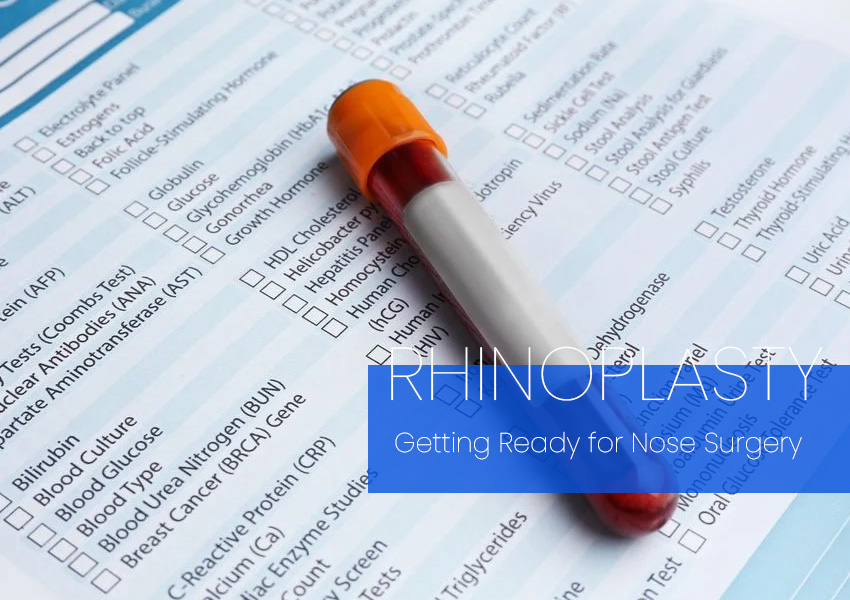
Rhinoplasty Preparation (Getting Ready for Nose Surgery)
Before you decide to have nose surgery, called rhinoplasty, you talk to a special doctor called a surgeon. This meeting is important because you and the surgeon discuss things to figure out if the surgery is right for you. Here’s what usually happens in this meeting:
Talking About You:
You talk about why you want the surgery and what you hope to achieve.
You share information about your health, like any past surgeries or if you take any medicines.
If you have a bleeding problem like hemophilia, the surgeon might say no to the surgery because it could be risky.
Health Check:
The surgeon checks you physically, looking at your face and inside and outside your nose.
This helps them decide what changes might be needed and how your features might affect the results.
They also check how the surgery might impact your ability to breathe.
Taking Pictures:
Photos of your nose are taken from different angles.
The surgeon might use a computer to change these photos to show you possible results.
These pictures are used to compare how you looked before and after the surgery.
Setting Expectations:
You and the surgeon talk about what you expect from the surgery.
They explain what rhinoplasty can and cannot do for you.
It’s okay to feel a bit shy about discussing your appearance, but being open is important.
Thinking About the Whole Face:
The surgeon looks at your face as a whole, not just your nose.
If your chin is small, they might discuss chin surgery because a small chin can make your nose look bigger.
It’s not a must, but it can balance your facial profile.
Once you decide on the surgery, you need someone to drive you home after. Anesthesia, the medicine used during surgery, can make you forgetful and slow for a few days.
Food and medications:
Before your surgery, avoid taking medicines like aspirin or ibuprofen (like Advil or Motrin IB) for two weeks. These medicines might make you bleed more. Only take the medicines your surgeon approves or prescribes. Stay away from herbal remedies and supplements you can buy without a prescription.
If you smoke or use a vape, it’s important to stop. Smoking and vaping can make it harder for your body to heal after surgery. It might even lead to parts of your body not healing well. There’s a risk of getting an infection, too.
Remember, it’s crucial to follow your surgeon’s advice on what medicines to take and what to avoid. They know what’s best for your health and a smooth recovery. Taking care of your body before and after surgery helps you get better faster. If you have any questions or concerns about your medications or habits, always talk to your surgeon. They’re there to help you stay healthy and have a successful surgery.
For the first days after surgery, you might forget things, react slowly, and not judge well. It’s a good idea to have a family member or friend stay with you for a night or two. They can help with your personal care as you recover from surgery.
Rhinoplasty is a big decision, and talking openly with your surgeon is key to understanding what’s possible and what to expect. Remember, it’s all about making you feel more comfortable and confident in your own skin.
Read More:
How long does a rhinoplasty take?
Rhinoplasty generally takes between 1.5 to 3 hours and is usually an outpatient procedure. There are two types of rhinoplasty: “closed rhinoplasty” and “open rhinoplasty.” In closed rhinoplasty, the incisions are made inside the nostrils, allowing for limited changes. In open rhinoplasty, incisions are made inside the nostrils and across the tissue between them. These incisions heal well and are barely visible.
If additional cartilage is needed to shape the nose, it is often taken from the patient’s nasal septum. In cases of secondary or revision rhinoplasty, performed to correct deformities caused by a previous procedure, cartilage might be taken from an ear or rib. In some instances, approved cadaver cartilage may also be used. Due to the cartilage requirements and the potential for scarring, revision rhinoplasty is a more challenging procedure and should be performed by a highly skilled plastic surgeon.
Liquid rhinoplasty, or nonsurgical rhinoplasty, involves a series of office-based procedures done while the patient is awake. Injectable hyaluronic acid fillers are used to alter the shape and size of the nose without invasive surgery. This nonsurgical approach offers an alternative for those seeking changes without the extended rhinoplasty surgery time.
What are Rhinoplasty risks?
Deciding to have nose surgery, known as rhinoplasty, is a deeply personal choice. It’s crucial to weigh the potential benefits against the possible problems and side effects, including Rhinoplasty side effects, that may occur.
Your doctor or the healthcare professionals working with them will thoroughly discuss the potential issues that could arise during the surgery. They will also request you to sign papers, ensuring you are aware of the surgery, its potential problems, and the side effects linked to rhinoplasty.
Here are some of the risks and side effects associated with rhinoplasty:
Anesthesia Risks: Sometimes, the medication used to make you sleep during surgery can have its own set of problems.
Change in Feeling: Your skin might feel different after surgery, such as numbness or pain.
Breathing Issues: It might become challenging to breathe through your nose post-surgery.
Infection: Occasionally, germs can enter your nose and lead to problems.
Nasal Septal Perforation: This rare occurrence involves a tiny hole in the part inside your nose, which might require additional surgery to fix.
Healing Problems: Your nose may not heal perfectly, and there could be scars.
Possibility of More Surgery: In some cases, additional surgery might be necessary to address concerns if you’re not satisfied with the initial results.
Skin Color Change and Swelling: Your skin might undergo changes in appearance, and your nose could be swollen for a period.
Not Liking How Your Nose Looks: Even after the surgery, there’s a chance you might not be satisfied with the appearance of your nose.
Before you decide on the surgery, your doctor will discuss these potential problems and side effects, including Rhinoplasty side effects, with you. It’s essential to ask any questions you may have to ensure a comprehensive understanding of the procedure and feel confident in your decision.
How much does rhinoplasty cost? Nose Job Price
Well, it can vary quite a bit. Rhinoplasty prices range from around $2500 to over $15000, depending on the surgeon, the hospital and the country in which you will have your nose job surgery. For example, there are some famous destinations for rhinoplasty surgery with top surgeons and affordable prices like Iran and Turkey. A nose job surgery cost in Iran starts from $1800.
On average, rhinoplasty costs about $5,483. But here’s the thing – this average cost doesn’t cover everything. It doesn’t include stuff like anesthesia, using the operating room, and other related expenses. You’ll need to check with your plastic surgeon’s office to get the final price.
The surgeon’s fee for rhinoplasty depends on a few things, like how experienced they are, the type of procedure, and where their office is located. If you’re worried about the cost, many plastic surgeons offer plans where you can pay in instalments. Just ask!
When you’re thinking about the price of rhinoplasty, remember that it might include things like paying for anesthesia, the hospital or surgical facility, medical tests, special clothes after surgery, prescriptions for medicine, and, of course, the surgeon’s fee.
Here’s a tip: when you’re picking a plastic surgeon for your nose job, make sure they’re certified and have experience. It’s not just about the cost – feeling comfortable with your surgeon is just as important. So, if you’re planning a rhinoplasty, take your time, ask questions, and find the right surgeon for you.

What can you expect after Rhinoplasty?
After getting a nose job, called rhinoplasty, some things will happen. Your nose might stay swollen for a few weeks, and it could take a whole year or more for all the swelling to go away. But don’t worry, most people start looking better within a few weeks.
If your nose hurts, you can use cold packs or take medicine that the doctor might give you. Your face might be puffy, especially on the first day after surgery. You might also see a little bruising or swelling around your eyes, but that’s normal.
People usually go back to work or school after one week. These are just general ideas, though. Your doctor will talk to you about what you can expect.
It’s super important to follow the doctor’s instructions after surgery, like not blowing your nose for a few weeks and keeping your head up while sleeping for the first three days. Stay away from the sun, be careful not to do anything too hard, and tell your doctor right away if something seems wrong, like a fever, too much bleeding, really bad pain, a skin rash, trouble seeing, or any other strange feelings.
Make sure to go to all your check-up appointments after surgery. They are essential!
Read More:
Recovery after Rhinoplasty
Going through rhinoplasty, commonly known as a nose job, can bring exciting changes to your appearance. But after the surgery, it’s essential to follow certain steps for a smooth recovery.
Immediate Post-Surgery Care:
Right after the operation, your surgeon might place a small splint on your nose to protect it and keep the new shape stable. This splint usually stays on for about five days. If there are absorbent dressings inside your nose, they may come out a day or two later.
Absorbable stitches inside your nose will dissolve on their own and don’t need removal. External stitches, if any, may be taken out around a week after the surgery. During the initial days, rest in bed with your head elevated to reduce bleeding and swelling. Your nose might feel stuffed up due to swelling or the splints placed during the surgery.
Internal Bandages and Splints:
Internal bandages typically stay in place for 1 to 7 days. A splint may be taped to your nose for protection and support, usually for about a week. Some bleeding and mucus drainage are normal for a few days after surgery. A drip pad, a small piece of gauze under your nose, may absorb drainage.
Post-Surgery Instructions:
For the next few weeks, follow these guidelines to minimize bleeding and swelling:
- Avoid intense physical activities: Skip aerobics and jogging.
- Take baths instead of showers: Especially while you have nose bandages.
- Don’t blow your nose: Be gentle.
- Sneeze and cough with your mouth open: This reduces pressure on the surgery site.
- Avoid certain facial expressions: Like smiling or laughing.
- Eat high-fiber foods: To prevent constipation and straining.
- Brush your teeth gently: To keep your upper lip from moving.
- Wear front-fastening clothes: Avoid pulling clothing over your head.
Additional Nose Job Recovery Tips:
- Eyeglasses: Don’t rest them on your nose for at least four weeks. You can use cheek rests or tape them to your forehead.
- Sunscreen: Use SPF 30 sunscreen, especially on your nose, when outside to prevent discoloration.
- Swelling and Bruising: Expect short-term swelling and bruising, especially around your eyes, for 2 to 3 weeks. Eating less sodium helps reduce swelling.
- Avoid Cold Packs: Don’t use ice or cold packs on your nose after surgery.
Long-Term Rhinoplasty Recovery:
Your nose keeps changing after surgery. While most swelling is gone within a year, subtle changes may continue for a while. Initially, a splint or packing inside your nose supports the healing process.
While the first swelling goes away within a few weeks, it may take up to a year for your nose to fully refine its new shape. Swelling may come and go, sometimes worse in the morning during the first year. Follow specific instructions from your surgeon regarding care, medications, and follow-up appointments.
Understanding your unique recovery journey is crucial. Ask your surgeon questions about where you’ll go after surgery, prescribed medications, dressing removal, stitches, and when to resume normal activities.
Recovering from rhinoplasty involves a combination of immediate care, adherence to post-surgery instructions, and understanding the gradual changes your nose goes through over time. Following these steps ensures a positive and fulfilling recovery experience.
Best countries for rhinoplasty (Nose Job Surgery)
Let’s talk about getting a nose job, also known as rhinoplasty, in different countries. People often choose a country based on factors like cost, good hospitals, famous doctors, skilled nurses, and how satisfied others have been. Right now, the top countries for nose jobs are Iran, Turkey, the United States, India, South Korea, Germany, the United Kingdom, the Czech Republic, and Poland. But when it comes to the experience of surgeons and the price of a nose job, Iran takes the lead.
Iran: The Rhinoplasty Hub
Iran is well-known for cosmetic surgery, especially rhinoplasty. Every year, around 200,000 rhinoplasties happen here! Some people do it for medical reasons, while most do it to improve how they look. Iran offers the best price for rhinoplasty globally, and the quality matches up to developed countries. The facilities for surgery in Iran are top-notch, making it accessible to everyone. Besides, Iran is an amazing place to visit, known for its friendly people and a rich history spanning a thousand years.
Turkey: Affordable and Modern
Turkey is another great choice for a nose job. It’s not only one of the cheapest countries for rhinoplasty, but it also has some of the best surgeons in the world. Rhinoplasty in Turkey costs around £2,100, which is about 50% less than in the UK. Turkey is easy to reach from the UK, with budget airlines offering affordable flights. Many clinics in Turkey even provide accommodation and a driver for your entire stay. The doctors in Turkey are well-trained and often part of various medical societies, ensuring you get quality treatment.
Croatia: Beauty and Care
Croatia, known for its stunning beaches, is also gaining popularity for nose jobs. Rhinoplasty prices start at about £2,900, and you can expect excellent care and facilities. Qualified professionals work in a highly developed medical infrastructure, providing good results at a lower cost. However, keep in mind that Croatia can be busy, especially during the summer, and the weather might be hot.
United States: High Satisfaction
The United States is the go-to place for facial cosmetic procedures, especially for teenagers getting a nose job. While the cost is high, with high surgeon fees and hospital charges, the results are highly satisfactory (98%). But keep in mind, going to the U.S. for a nose job is expensive due to costly accommodation, medications, and medical examinations.
United Kingdom: Satisfying Results
In the UK, rhinoplasty costs more than in other European countries, but an impressive 99% of patients are satisfied with the results. It’s a good option if you’re looking for quality outcomes.
South Korea: High-Tech Advancements
Over the last decade, South Korea has become a significant player in plastic surgery, especially rhinoplasty. The country boasts high-tech medical equipment and knowledgeable surgeons, making it a safe place for a nose job.
Czech Republic: Affordable and Historic
The Czech Republic in Europe is a fantastic place for a nose job, with significantly lower costs compared to other European countries. You get access to high-tech surgical devices and quality healthcare services. However, one drawback is that the official language can be challenging, so finding a hospital with a translator is recommended.
People from all over the world choose different countries for nose jobs based on their preferences and needs. Each country has its unique advantages, whether it’s the price, quality of care, or the expertise of surgeons. Always make sure to do thorough research and choose a reputable clinic for your nose job journey.
Rhinoplasty Surgery FAQ
Not really! If you talk openly with a good doctor before nose surgery, it’s not scary at all. The only time it gets tricky is when someone expects things that were not discussed with the doctor before the surgery. So, as long as you and your doctor have a good chat about what to expect, there’s no need to be scared about nose surgery.
Yes, usually, insurance helps with fixing a bent septum, called septoplasty. When nose surgery is done to help with breathing, it’s often because the airway is blocked. Whether it’s just fixing breathing or also making the nose look better, it’s seen as fixing and might be covered by insurance. To make sure, you need a careful check to find why you have trouble breathing, and your insurance company needs to agree before you can go ahead with it.
Most times, nose surgeries go well without any problems, but there can be some risks. Like having trouble breathing or the wound taking a long time to heal. All surgeries have some risks, but luckily, the risks for nose surgery are not very big, and problems are not common. Before you have the surgery, your doctor will talk to you about what could happen, both good and not so good, to help you decide if it’s the right thing for you.
Before getting a nose job, or rhinoplasty, you’ll sleep during the surgery. To stay safe, don’t eat or drink anything after midnight before the surgery day. Drink extra water before your fasting starts to feel good and stay healthy. Also, don’t use makeup. It’s important to follow these steps to make sure the surgery goes well and you stay safe.
Around a month before your surgery, try to eat less salty, sugary, and processed foods like white bread and white rice. These foods might make your body more swollen and can weaken your immune system. So, it’s a good idea to avoid them to help your body get ready for the nose job. Eating healthier during this time can make your recovery smoother. Stick to foods that are good for you, and your nose will thank you later!
Islam generally supports fixing a part of your body that looks different or is not right for a good reason. Some Islamic experts discuss if nose jobs, like rhinoplasty, are allowed. They say it might be okay if it’s for a good reason, like fixing a health issue or making you feel better. But, it’s important not to change too much, so you still look the way Allah made you. If you’re thinking about it, talk to a wise Islamic expert to get advice based on your situation and intentions. Is nose surgery scary?
Is rhinoplasty covered by health insurance?
Is nose surgery completely safe?
What do you need to do before a rhinoplasty?
What foods to avoid before nose job?
Is rhinoplasty Haram in Islam?
How long does a nose rhinoplasty last?
How painful is a nose job?
Can nose jobs go wrong?
Do nose jobs leave scars?
What is the hardest part of rhinoplasty?
Can a nose job look natural?
Can sneezing mess up rhinoplasty?
Can a nose job change your voice?
What happens if you don’t like your nose after rhinoplasty?
Why is my nose still swollen 1 year after rhinoplasty?
Why is my nose bigger 3 months after rhinoplasty?
Is it a sin to get a nose job?
Can I pray after rhinoplasty?
What is a good age to get a nose job?
Are people happy with nose jobs?
Is it OK to cry after rhinoplasty?
Can I kiss after rhinoplasty?
Can I brush my teeth after rhinoplasty?
Can I shower my hair after rhinoplasty?
Can a nose job change your voice?

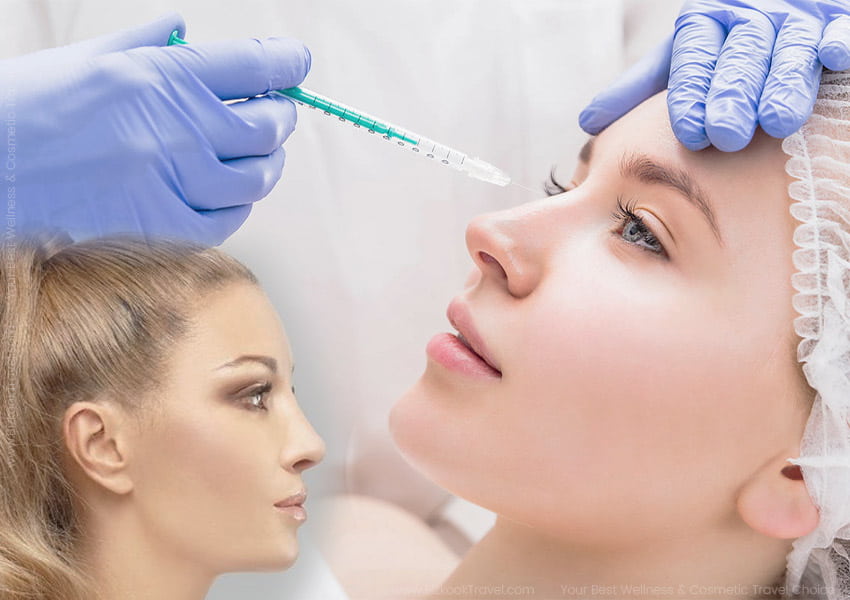



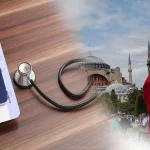
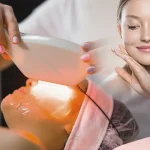


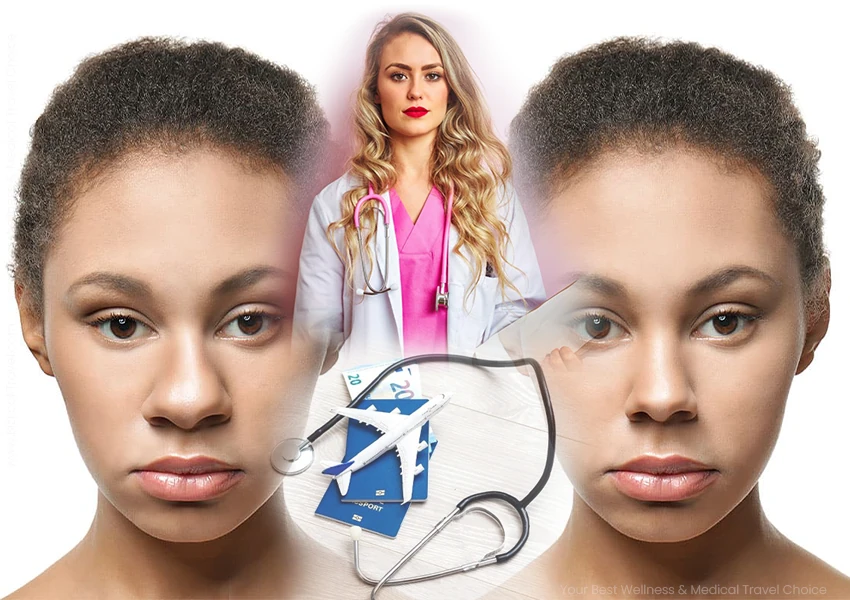
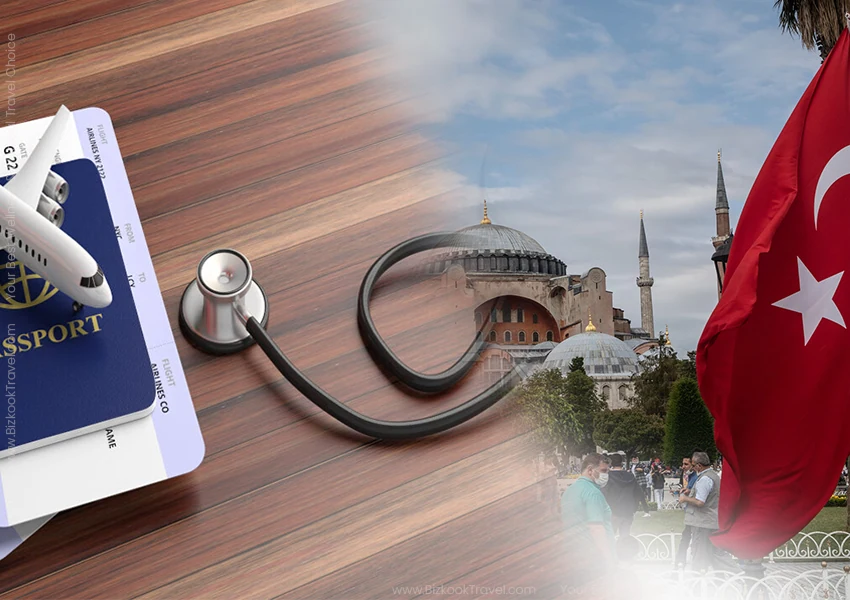
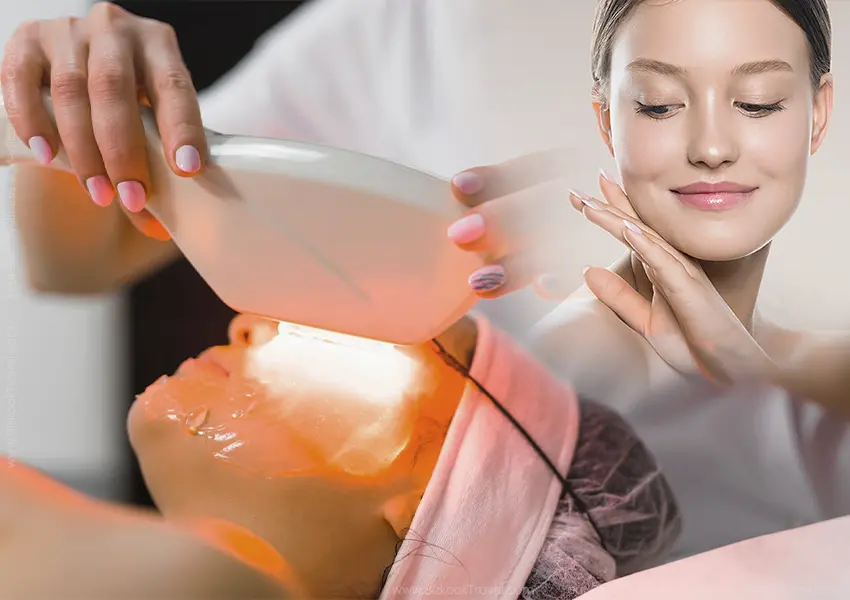
Post Discussion